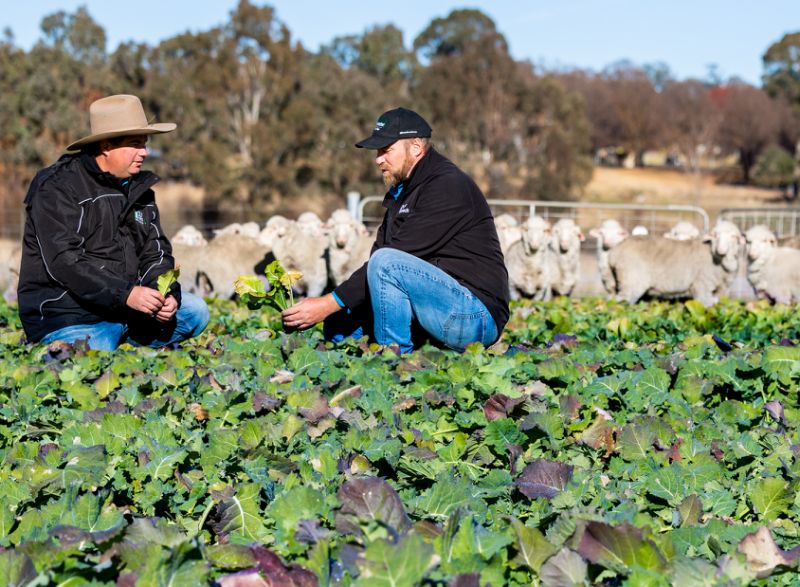Get in Touch
Contact Us
National team

Find Your Local Sales Agronomist
Brassica
Below are some of the potential animal health issues from stock grazing brassicas. Good management will reduce the impact of these but if symptoms persist seek advice from a vet.
Nitrates can build up in any situation where environmental conditions promote plant growth and have limited photosynthetic activity.
The risk of Nitrate poisoning can be caused/increased by:
Monitor for photosensitisation (brassica scald). Brassica scald is a condition seen in stock grazing immature or second growth (regrown) brassica’s. Affected animals can be seen with reddening and swelling of the skin (commonly in the ears and face and possibly udders of sheep and dairy cattle). Brassica scald can be minimised by delaying the first grazing until crops have ripened (e.g. if grazing forage rape, a purplish-blue tinge on the leaf will be viable at maturity), as seen in the following image.
Most likely to occur when grazing brassicas that have bolted or are flowering in spring. If brassicas are flowering, bavoid grazing.
